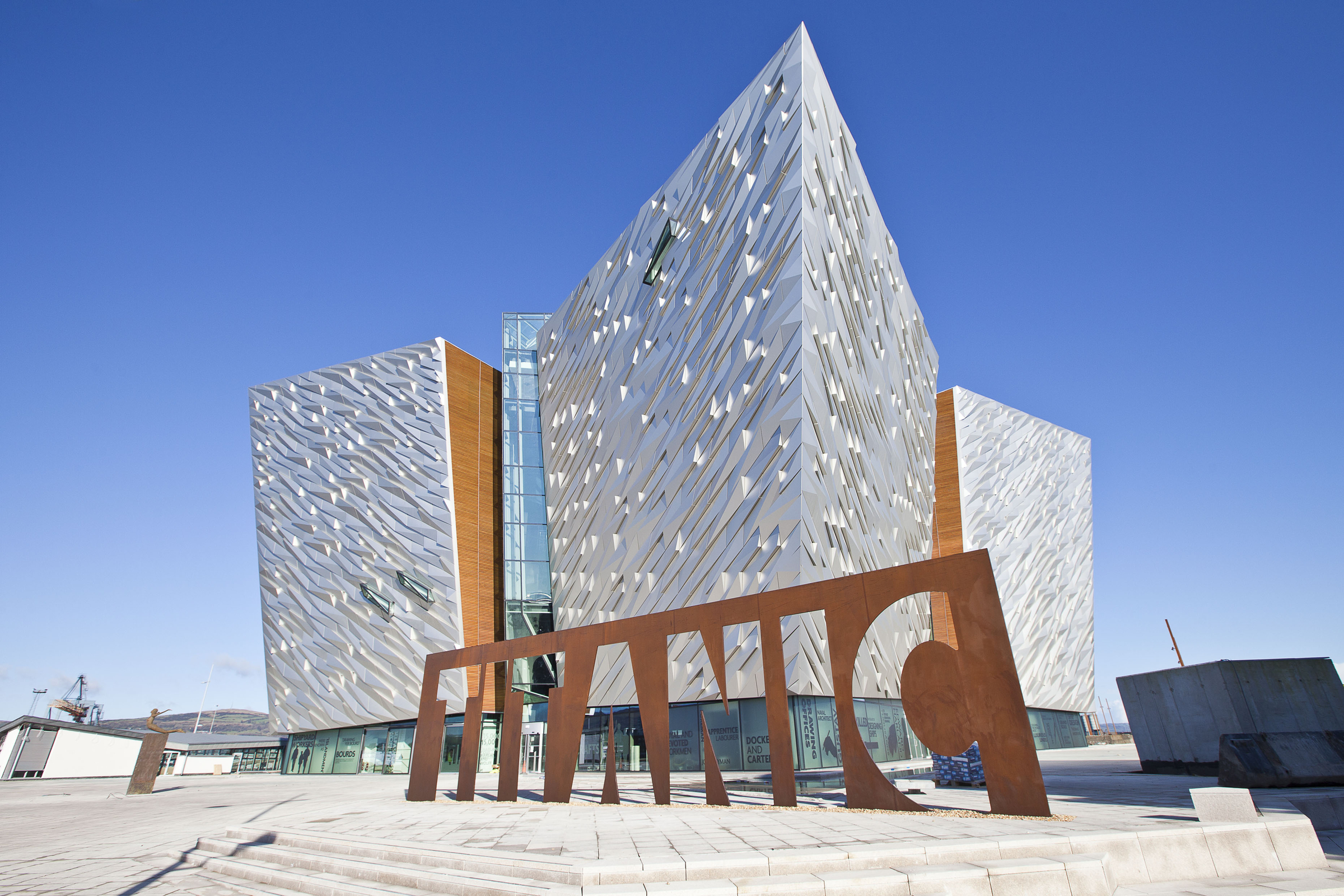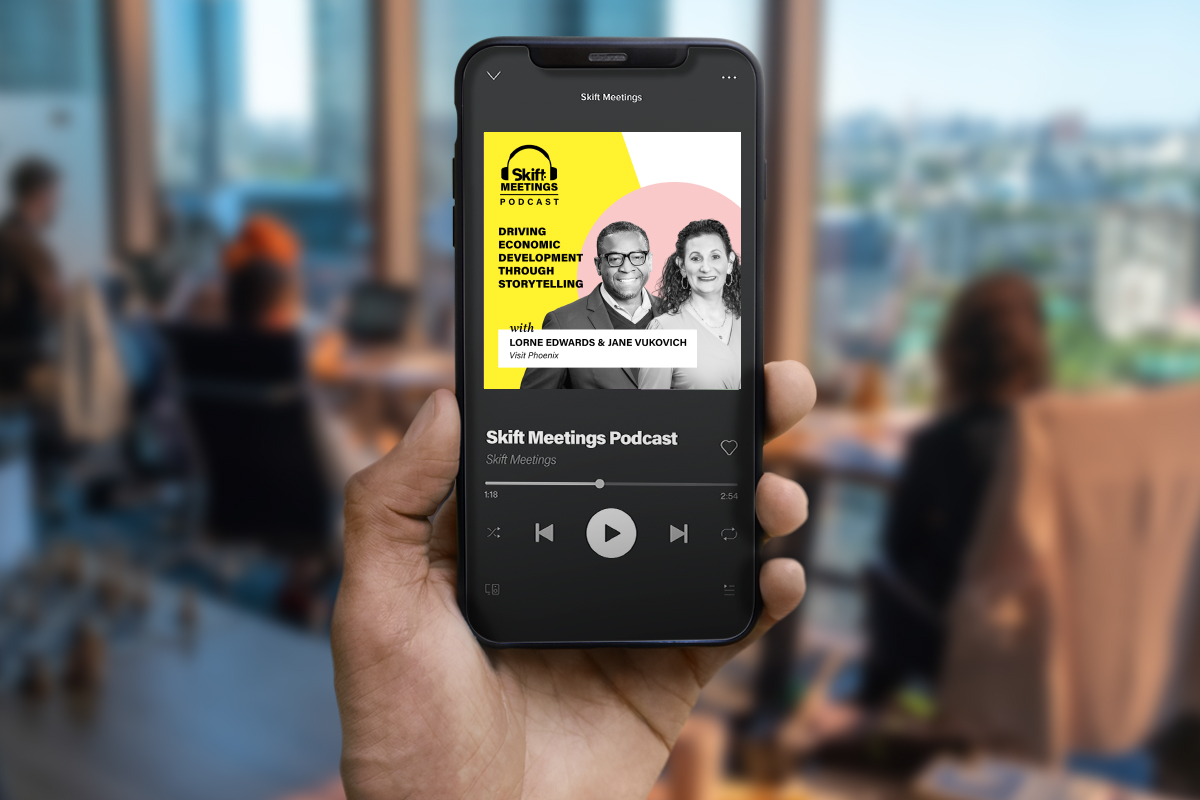Skift Take
Collision attracted 35,000 attendees to Toronto, not without issues. Communication breakdowns between the planning team and security threw a wrench into the sold-out conference’s best-laid plans. Still, the gathering makes it clear that people are willing to travel globally for events when they think it’s worth it.
More than 35,000 attendees from 130 countries involved in the global tech ecosystem gathered in Toronto at the Enercare Centre for Collision, a Web Summit event. This year’s ticket count is a significant jump from the 25,711 who attended the last in-person Collision, also in Toronto, in 2019.
These numbers buck the trend across the industry for deflated in-person event numbers post-pandemic. The proof is in the numbers — a 38% increase over the last in-person show — making the networking opportunities that Collision is known for even more widespread.
Event Tech Supports the Experience
Web Summit, the organizers of event, had the foresight to develop digital support for their in-person events way before most event providers pivoted to tech-supported interfacing strategies. The Collision 2019 app developed served as a ticket, networking interface, and schedule for on-site attendees.
This year’s app not only made registration and planning easy, it also helped attendees connect with each other before, during, and after the event. Based on profile information the app’s algorithm suggested new contacts based on who you are but also who you know. It also facilitated the scheduling of meetings with those new contacts on-site during the event.
These are the sorts of value-adds that attendees have come to expect after the pandemic-inspired metamorphosis of event tech. Having a well-tested interface with strong UX functionality met those expectations handily.
Intentional Event Design
The attention to purposive experience design also showed how the physical space worked to bring the different types of players in tech together in both planned and spontaneous ways. Aside from sponsor booths and the three main stages where digestible 20-minute sessions were presented, the space featured gallery-style areas where startups were set up to present their projects to the crowds that wandered through. The ratio of two startups to one investor added buzz to the room and highlighted the power of in-person gatherings.
Not Everything Went to Plan
Collision offers tiered tickets, with attendees identified by badges that granted specific attendees access to exclusive spaces at certain times. While spaces like the Women in Tech lounge were open to all guests, there were lounges dedicated to startups, developers, investors, conference speakers, and their guests, executives, and the media. The intent being to have dedicated spaces where attendees from particular niches of the tech world could connect with their peers.
And this is where things got dicey.
The lack of coordination between event planners and the third-party security vendor caused several awkward moments with attendees receiving contradictory information about lounge access. The communication breakdown trickled down to impact the attendee experience — particularly that of VIP attendees.
Planning the Staff Experience Also Required
Attendees at Collision 2022 encountered a carefully-designed experience. The flaws that impacted the attendee experience resulted from the mismanagement of the real-time movement of people through event spaces.
While staffing shortages in low-waged positions like security continue to plague the industry, and while the punishingly high cost of living in major cities makes volunteering less feasible, these problems will require serious attention by event planners and on-site staff.
Better coordination with all staff will create a better experience. This in turn will put attendees in the right headspace to engage in the unparalleled networking opportunities that bring the big crowds to experiences like Collision.





